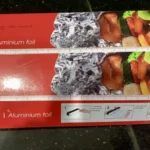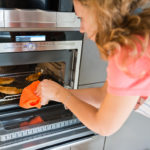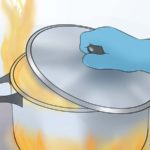Until a few days ago, the gas delivery person noticed I was cooking on the left burner. He immediately advised, “In the future, you should use the right burner for cooking and minimize using the left one.”
Surprised, I asked, “Does it really matter which burner I use? What’s the difference?” After his explanation, I was genuinely taken aback. It turns out, there’s a clear reason behind this!
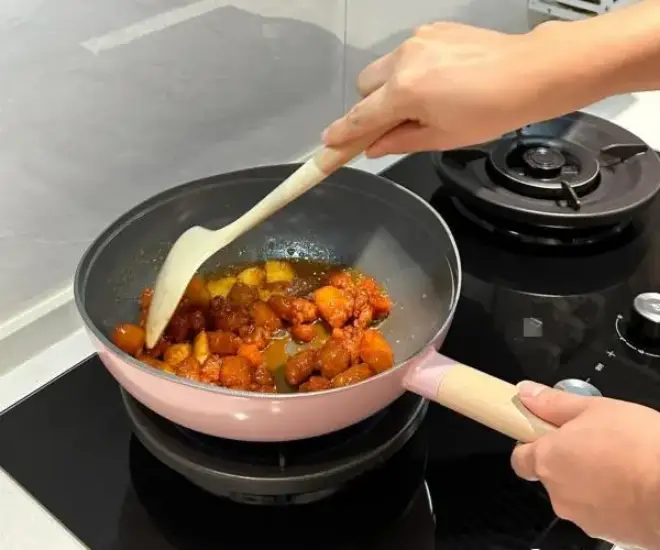
3 Reasons Why You Should Avoid Using the Left Burner of a Gas Stove for Cooking
– Different Flame Intensities on Each Burner
Many people may not have noticed this. Today, most households opt for double-burner gas stoves, which are highly convenient for simultaneous cooking and stir-frying. However, what few realize is that some gas stoves are designed with a main burner and an auxiliary burner, meaning they have different flame intensities.
If you carefully read the user manual, manufacturers often specify the power output of each burner. Typically, the left burner has a lower power output, while the right burner has a higher one.
As we all know, stir-frying requires high heat, so the right burner is more suitable. Meanwhile, the left burner, with its smaller flame, is ideal for simmering soups, cooking porridge, or slow-cooking dishes.
This design caters to various cooking needs in a household: one burner for quick, high-heat cooking and the other for slow, low-heat cooking, saving time while ensuring delicious meals.
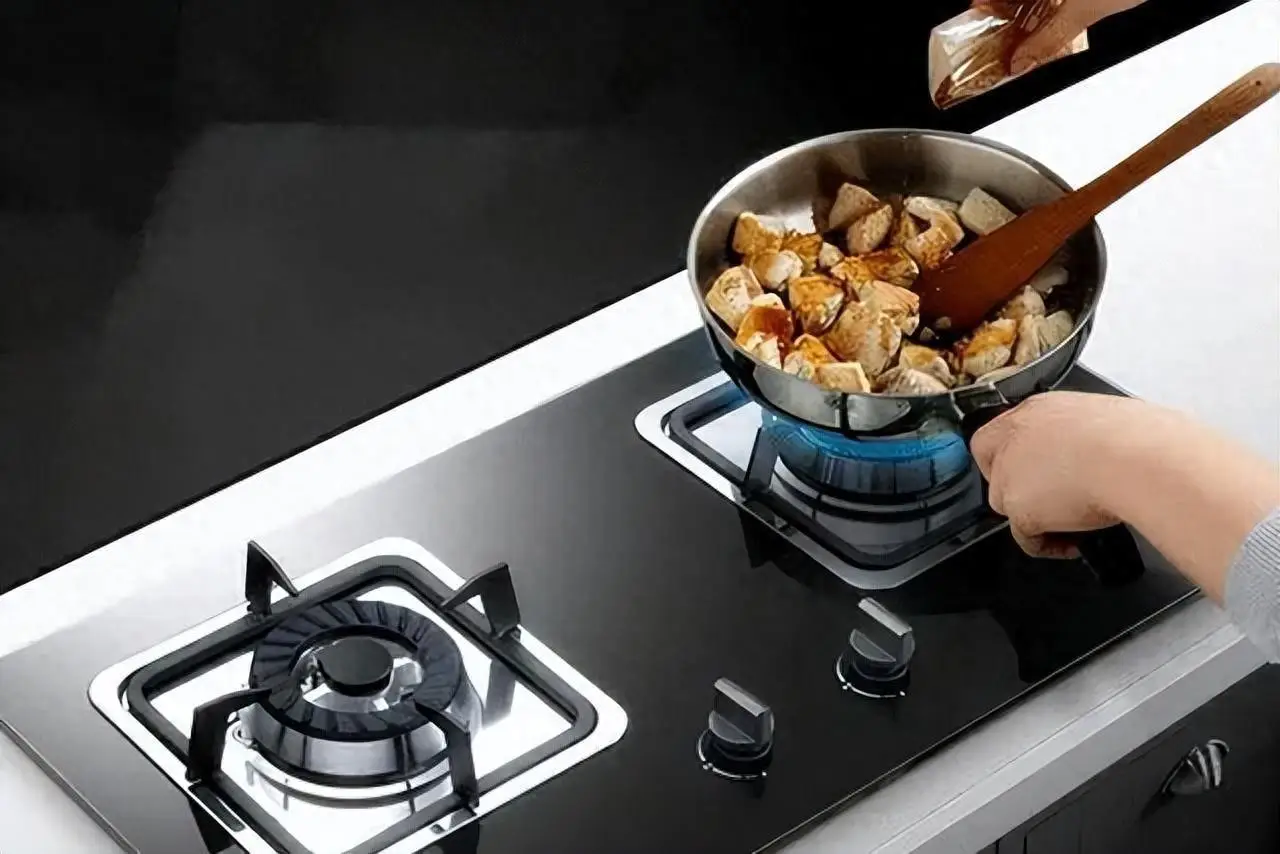
– Safety Concerns
In daily cooking, many people place a pot of simmering soup on one burner and quickly stir-fry another dish while the soup is boiling, saving significant time. By the time the stir-fry is done, the soup is almost ready.
However, if you stir-fry on the left burner and simmer soup on the right, there’s a potential safety hazard. Why is that?
During stir-frying, most people hold the pan handle with their left hand and use their right hand to stir. This often involves moving around, swinging arms, and leaning forward. If the soup pot is on the right burner, there’s a high risk of accidental contact. A slight mishap could result in burns or unintended injuries.
Conversely, if you stir-fry on the right burner and simmer soup on the left, all movements will be away from the soup pot, significantly reducing the risk of burns or accidents. Thus, using the right burner for stir-frying and the left for simmering is not only logical in terms of power output but also safer during use.
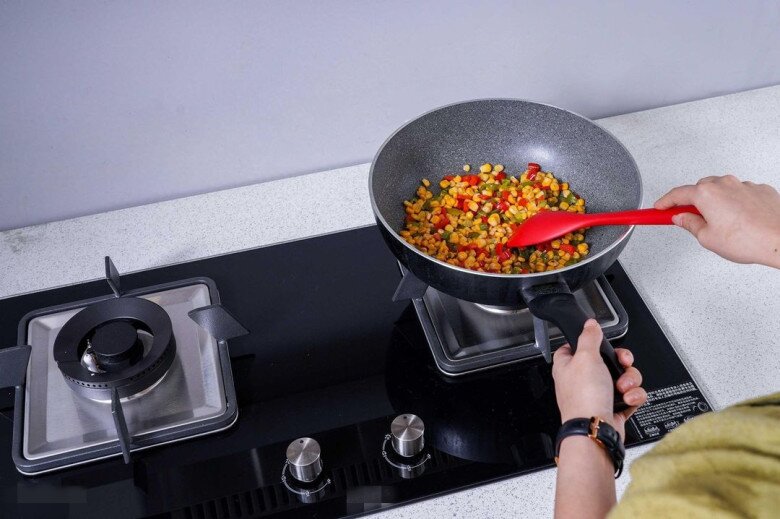
– The Left Burner is Closer to the Gas Line
Have you noticed? Most gas lines are located behind the left side of the gas stove. This means the left burner is usually closer to the gas connection.
When you place a pan on the left burner for stir-frying, the large flame can heat the nearby gas line or valve. This is particularly dangerous in cramped kitchens or during prolonged cooking.
The risk is even higher if the gas line is made of exposed, unprotected soft plastic. Continuous exposure to heat will cause it to age and deform, potentially leading to gas leaks and fire hazards over time.
Even a small spark in such a situation could have severe consequences. Therefore, avoiding the left burner for cooking, especially high-heat dishes like stir-fries, helps prolong the gas system’s lifespan and ensures family safety.
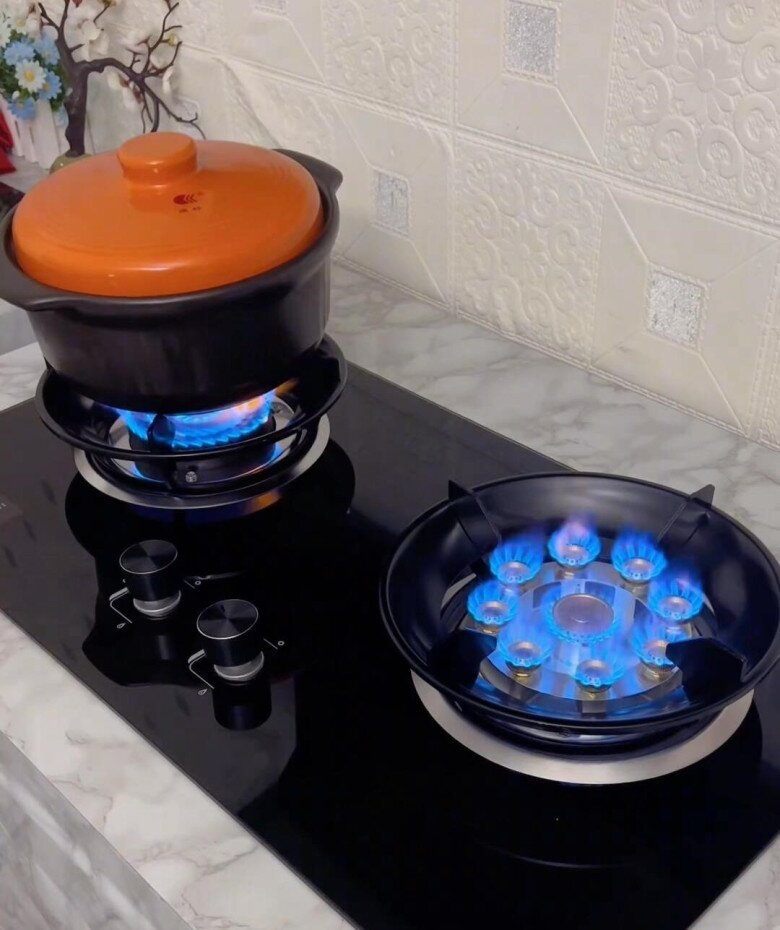
Exceptions: When to Use the Left Burner of a Gas Stove
While the right burner is generally recommended for its benefits in power, safety, and convenience, there are exceptions in practice.
For instance, in some kitchens, the right side of the stove is close to a wall, making it cramped and difficult to maneuver. Additionally, left-handed individuals may find cooking on the left burner more comfortable and natural.
Furthermore, during cooking, spices are often kept in plastic containers or bags on the right side for convenience. Placing spices too close to the right burner, which has a stronger flame, increases the risk of fire.
Thus, while guidelines exist, it’s essential to adjust flexibly based on personal habits and kitchen layout, ensuring safety and convenience during cooking.
Essential Tips for Daily Gas Stove Use
– Pay Attention to the Gas Line
If you’re still using traditional rubber gas lines, replace them every 2–3 years, as they can harden, crack, or leak after prolonged exposure to high temperatures.
For enhanced safety, many experts now recommend switching to stainless steel corrugated gas lines (also known as wave-patterned stainless steel gas lines), as they are heat-resistant, durable, and less affected by the environment.
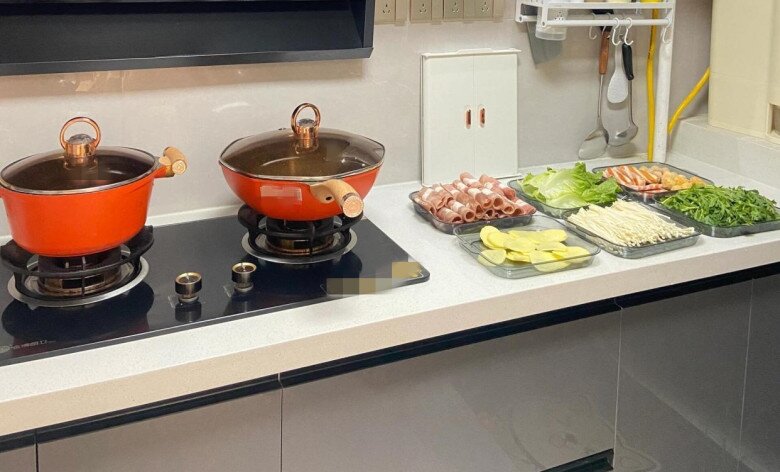
– Monitor Flame Color During Cooking
A proper flame should be blue. If it turns yellow or red, it indicates incomplete gas combustion, possibly due to clogged burner holes or insufficient gas pressure.
In such cases, avoid attempting repairs yourself. Contact a professional to inspect and address the issue to prevent risks.
Dangers of Using Water to Extinguish a Grease Fire
Cooking safely is essential for the wellbeing of everyone in the household. It is important to be mindful of the potential for kitchen mishaps while preparing meals, such as the risk of pots or pans catching fire. To avoid any harm, the following safety measures should be taken into account while cooking.

























